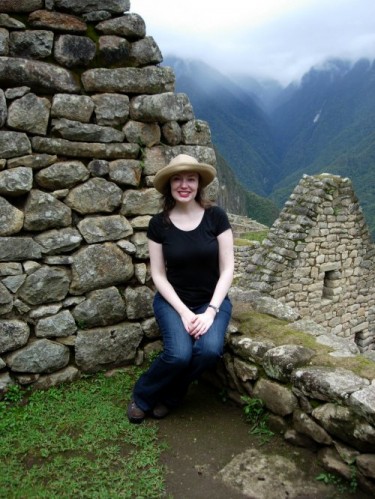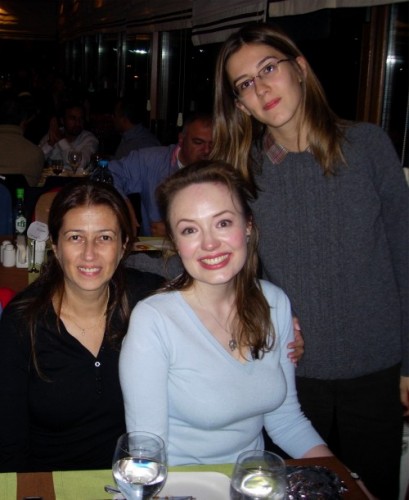
I’m always grateful when the Gluten-Free Guidebook gets coverage in the media, and so it was a thrill when the site got a mention in the July issue of the JourneyWoman newsletter. If you travel solo, for work or for pleasure, JourneyWoman is an amazing resource (and while some of its tips are certainly geared towards women, many apply to men, too; just sign up on the site to receive the free newsletter via e-mail).
I heard from several people as a result of JourneyWoman’s coverage, and wanted to mention a tip I got from Barbara Collins, who had a fantastic experience with Holland America:
I read about your site in JourneyWoman Newsletter. I recently got back from a cruise to Alaska with the Holland America cruise line. When I signed up for the cruise, they had the possibility to indicate special dietary needs. In fact, I am not celiac, but do have a severe allergy to wheat and a lesser intolerance for gluten. But I am even more complicated in that I am also allergic to dairy and eggs.
Holland America took this very seriously and every day gave me the menu for the following day from which I made my choices. They then prepared that menu specially for me not including any of the ingredients to which I was allergic or intolerant. In fact, I was surprised one evening when I ordered something Asian and my dining partner had the same thing, but hers had a drizzle of soy sauce and mine didn’t. It was then that I found out that soy sauce contains wheat!
They had quite a good selection of gluten free products as well (bread, muffins, pancakes, etc.). I would definitely recommend this cruise line for anyone with any special dietary needs.
In other news, GF Patisserie, which I’ve written about before, turns one this month. I haven’t had the chance to visit this dedicated gluten-free bakery in Cochrane, Alberta, but I’ve heard only wonderful things about it. If you happen to be in the area (it’s a short drive from Calgary), you’re invited to the bakery on Saturday, August 8th for some celiac-safe birthday cake with founder Victoria Edlinger and her husband, Peter (who writes the Celiac Husband blog).
If you’re in Los Angeles, you might want to check out the SunPower Natural Cafe in Studio City. It’s an organic, vegan raw-food restaurant where all of the desserts are gluten-free, including the tiramisu, cookies, and the “un-cheesecake.” And if you’re near Hackettstown, New Jersey, stop by the Donaldson Farms roadside stand, which my friend Charlie just told me about. The stand is open daily from 8am to 6pm from May 1st to November 26th, and its offerings include fresh fruit, fresh-cut flowers, and fresh-baked gluten-free treats.
Do you have a favorite spot that I should include on the Gluten-Free Guidebook? Please let me know about it.








